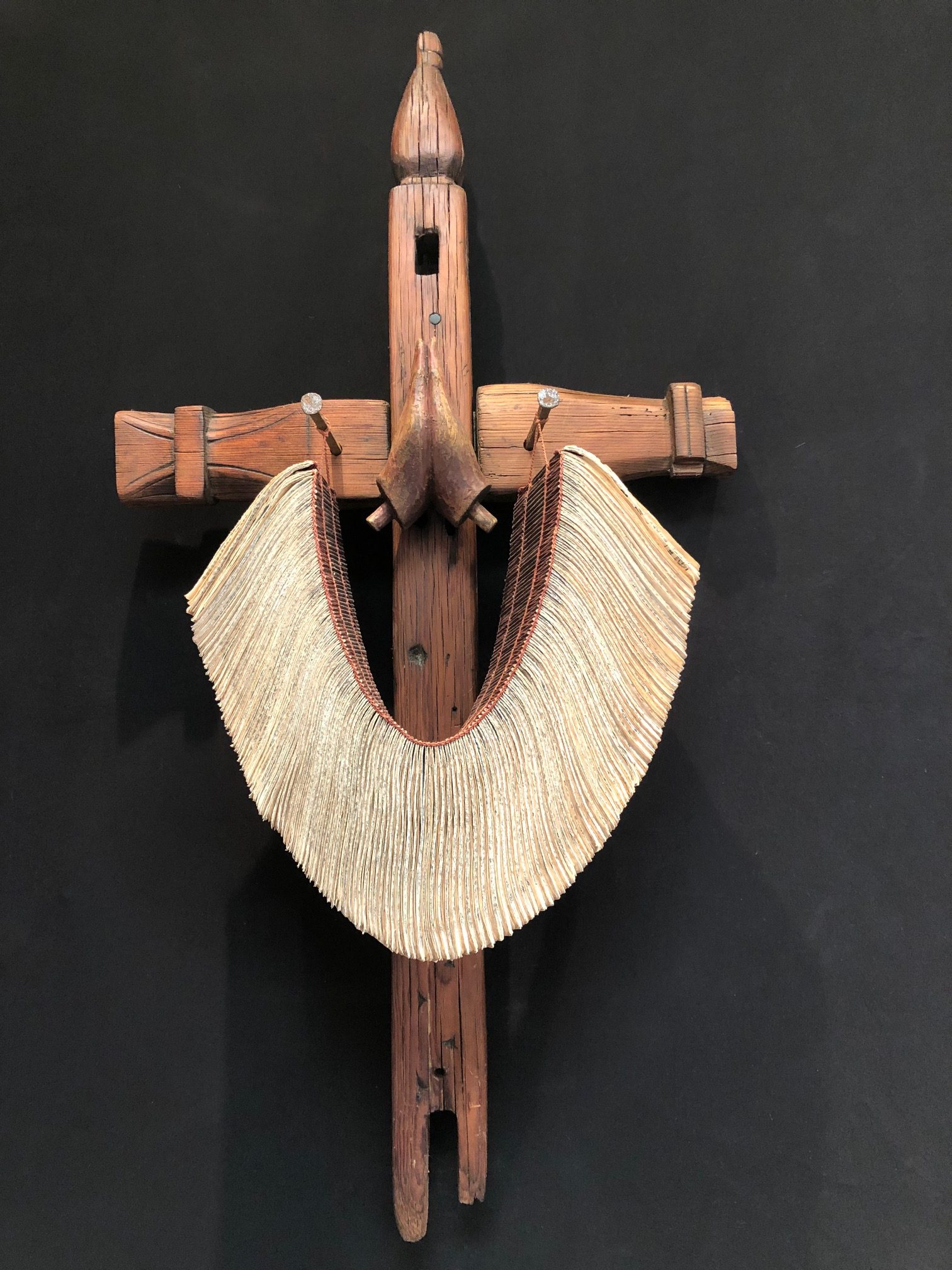The Ancient/New Spiritual Practice Of Centering Prayer
Centering Prayer is a simple form of Christian meditation rooted in the spiritual practices of early desert monastics and mystics such as Teresa of Avila and John of the Cross. The contemporary Centering Prayer movement has been popularized by the writings of Trappist monks Thomas Keating, William Menninger, and Basil Pennington.
Father Thomas Keating emphasizes the source of centering payer, as in all methods of contemplative prayer, is the indwelling Trinity: Father, Son, and Holy Spirit. It is based on the wisdom of Jesus in the Sermon on the Mount (Matthew 6:6): “If you want to pray, enter your inner room, close the door and pray to your Father in secret, and your Father who sees in secret will reward you.” It is a method of silent prayer in which we experience God’s immanent presence within us. Centering prayer is grounded in relationship with God, through Christ, and is a practice to nurture that relationship. It is a movement beyond conversation with Christ to communion with Him.
Centering Prayer is apophatic prayer — from the Greek word meaning “without words” or “away from words.” This kind of spiritual practice stresses the mystical and hiddenness of God: “Truly you are a God who hides yourself,” as Isaiah put it (45:15). Apophatic prayer is the prayer that recognizes that no words or images are ever adequate to understand or comprehend God; that ultimately human language fails before God’s divine mystery and majesty. Therefore, silence becomes a reliable medium for prayer. As the medieval Jewish writer Rashi put it, “Silence is God’s most eloquent praise, since elaboration must leave glaring omissions.”
To Practice Centering Prayer, Follow These Steps
Centering prayer emphasizes resting silently in the presence of God, placing our attention on a single “prayer word” so that our hearts may wordlessly rest in God’s love. It represents a long tradition of Christian teachers who emphasize silence, restful watchfulness, and the recitation of a single word, verse, or phrase as a focal point of awareness — which allows the real work of prayer to take place, in the heart.
The first step in Centering Prayer is to enter your inner room, which is symbolized by the heart in most traditions; that is, your innermost self beyond thinking. Sit in an upright, attentive posture in a way that allows for a straight spine and open heart. Place your hands in your lap.
Second, “close the door” and “close your eyes,” symbolizing your intention of letting go of all thoughts, preoccupations, and plans during this time. As soon as you are overtaken by thoughts, which is inevitable in the beginning, return to your original intention to let go of all thinking. Do this in a very simple and gentle way, like visualizing a sacred symbol, such as a cross, or saying a spiritual word, like one of the fruits of the spirit or an attribute of God.
Finally, you pray in secret to the Father who speaks to you beyond words and who invites you to ever deeper silence. At the end of the prayer period, remain in silence with eyes closed for a couple of minutes. It is recommended to pray in this fashion for a minimum of fifteen minutes. Start out slowly with initial prayer periods of five to ten minutes, then work up to the desired length of time.
A wise person once said, “Pray as you can, not as you can’t.” Don’t make the mistake of thinking spoken or unspoken prayer is “higher” or “better” than the other. Think of them rather as different paths leading up the same mountain. The goal is to get to the summit, no matter what route we take.
Posted on July 9, 2019





















